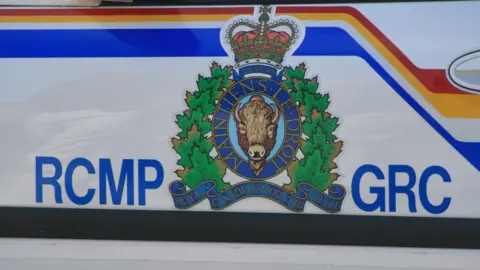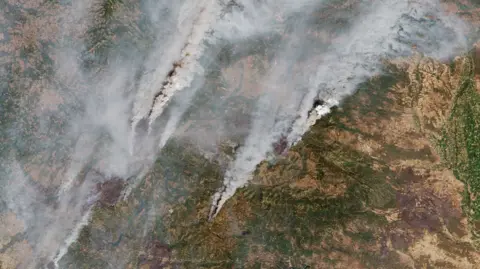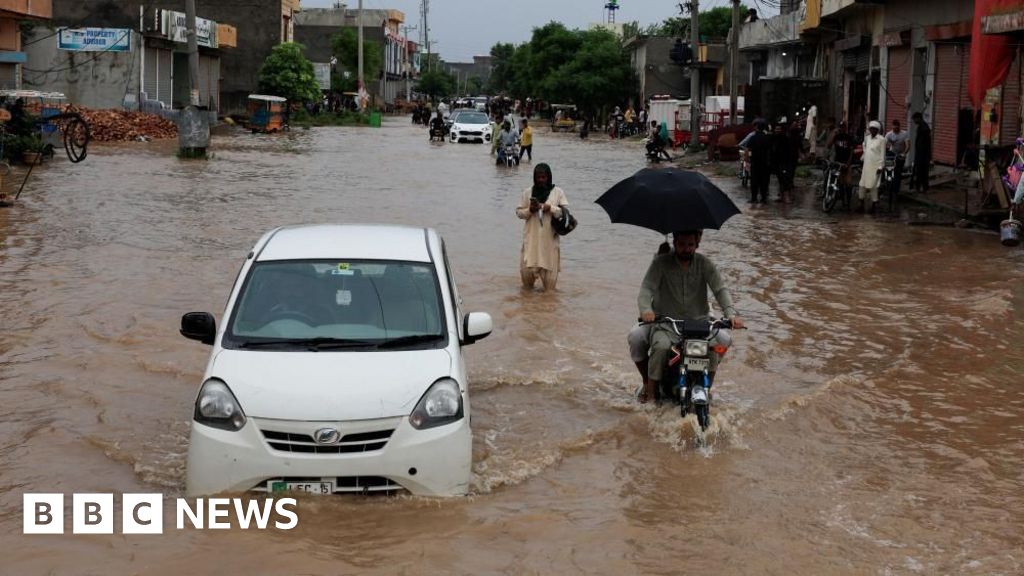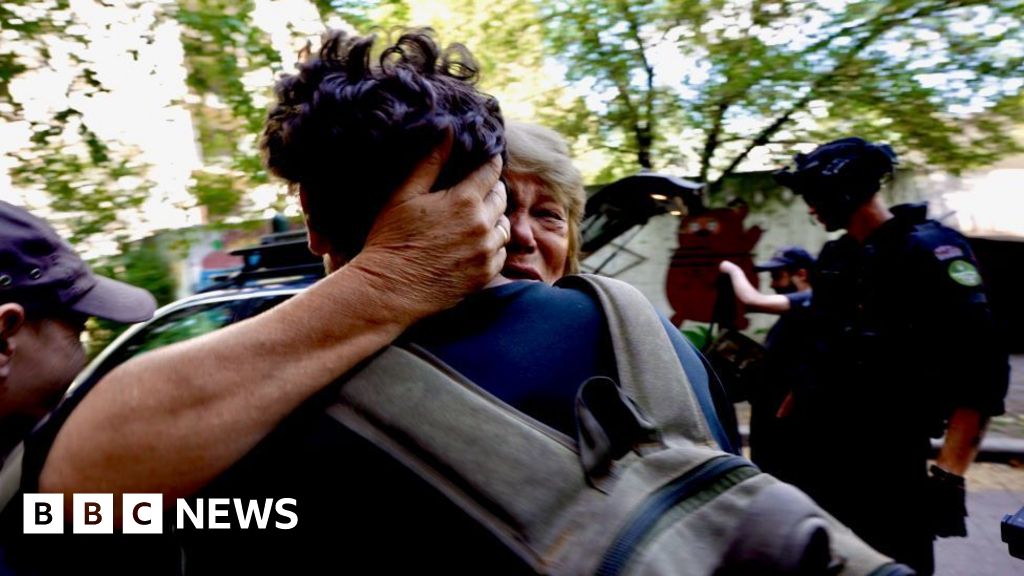Smoke from hundreds of wildfires in Manitoba, Canada, has drifted across Eastern Canada and parts of the upper U.S., prompting significant air quality alerts. As temperatures soared, Toronto’s air quality dropped to some of the worst globally, according to IQAir. Environment Canada warned residents to limit outdoor activities due to the hazardous conditions. Areas like northern Minnesota, Wisconsin, and New York also experienced reduced air quality.
Manitoba is facing its worst wildfire crisis in three decades, leading Premier Wab Kinew to declare a state of emergency twice this summer. The ongoing wildfires have already resulted in fatalities and led to mass evacuations, with over 30,000 residents forced to flee unsafe areas, many requiring helicopter assistance.
The situation has turned into a point of contention between the U.S. and Canada, with lawmakers from Minnesota and Wisconsin blaming Canada for the smoky conditions. Wildfires here primarily arise in remote areas, often triggered by lightning strikes rather than human activity. As the wildfires rage on, residents in affected regions are urged to stay vigilant and prioritize their health amid the smoke haze.
Manitoba is facing its worst wildfire crisis in three decades, leading Premier Wab Kinew to declare a state of emergency twice this summer. The ongoing wildfires have already resulted in fatalities and led to mass evacuations, with over 30,000 residents forced to flee unsafe areas, many requiring helicopter assistance.
The situation has turned into a point of contention between the U.S. and Canada, with lawmakers from Minnesota and Wisconsin blaming Canada for the smoky conditions. Wildfires here primarily arise in remote areas, often triggered by lightning strikes rather than human activity. As the wildfires rage on, residents in affected regions are urged to stay vigilant and prioritize their health amid the smoke haze.


















